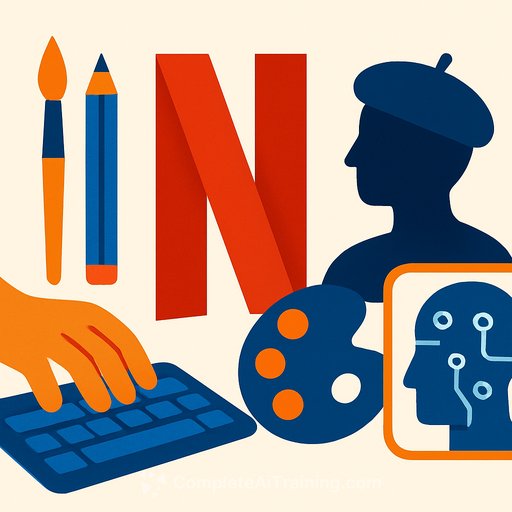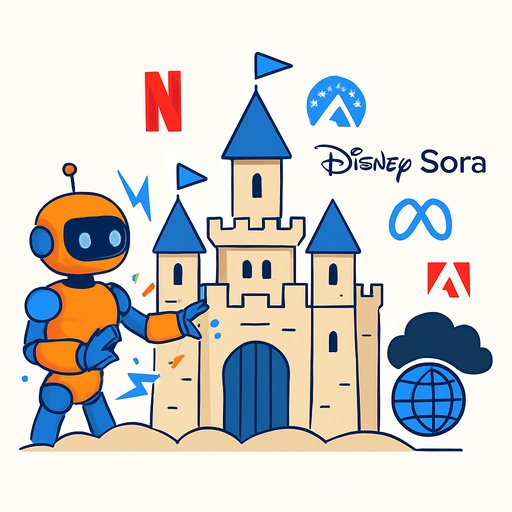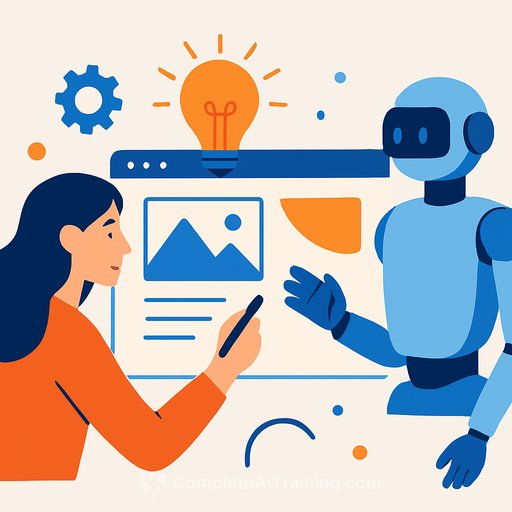Netflix's Use of Generative AI: Efficiency Gains and Creative Risks
Netflix recently used generative AI to create a building collapse scene in the sci-fi show El Eternauta. This marked the company’s first official use of text-to-video AI in final footage, completing the sequence 10 times faster than traditional methods. While this speeds up production, it raises a deeper question: how do viewers react when they realize AI played a role in creating their entertainment?
Traditional visual effects (VFX) involve teams of artists spending weeks crafting detailed 3D models, lighting, and animations. Each frame requires careful key-framing and simulation. Generative AI flips this process. Instead of building scenes piece by piece, creators simply describe what they want, and algorithms generate full sequences instantly. This transforms a slow craft into a faster, more conversational process—but at what cost to human creativity?
Creative Control vs. AI Convenience
The AI-generated building collapse in El Eternauta replaced months of work with a fraction of the time. This shift isn’t just about speed; it’s about economics. After streaming budget cuts in 2022, companies like Netflix and Disney are looking for ways to reduce costs. Since traditional VFX can cost thousands per minute and the average budget for CGI and VFX hit $33.7 million per US film in 2018, generative AI offers potential savings of 10% to 30% across TV and film.
Lower costs could empower independent filmmakers to realize ambitious projects. But the downside is real: the OECD warns 27% of jobs worldwide face high automation risk. VFX workers already endure unpaid overtime and limited benefits. AI threatens to deepen these pressures unless the industry addresses worker welfare.
Precision Takes a Backseat
AI tools deliver complex imagery quickly but limit the fine control directors and artists rely on. Film director Ascanio Malgarini spent a year making an AI-generated short film and found “full control over every detail” impossible. His role shifted from directing precise shots to assembling footage like a documentary editor.
Audience preferences reveal similar tensions. Studies show people favor original artworks over AI copies when they know the source. Research in Frontiers in Psychology found that participants preferred AI art when unaware of its origin, but rated it as less authentic once AI authorship was revealed. This suggests that knowing AI created content triggers a psychological bias that can reduce its perceived value.
Legal and Industry Challenges
Hollywood faces a legal gray area around AI. Despite multiple AI hearings in 2023, no federal US legislation governs AI use in entertainment. The stalled Generative AI Copyright Disclosure Act leaves creators exposed as companies train AI on copyrighted works without permission.
The UK government began consulting on AI and copyright reform in late 2024, proposing an “opt-out” system for creators. Hollywood’s 2023 strikes highlighted fears over AI replacing human jobs. Screenwriters won protections preventing AI from writing scripts, and actors secured consent rights for digital replicas. Yet VFX workers, who form the backbone of visual storytelling, remain vulnerable without clear safeguards.
Copyright lawsuits are increasing. A landmark 2025 case by Disney and Universal against Midjourney accuses the AI firm of massive copyright infringement by training on protected characters. US court rulings vary, with some judges siding with fair use defenses while others rule against AI companies. Meanwhile, 96% of VFX artists report no AI training, and 31% identify this as a barrier to adopting AI tools effectively.
What This Means for Creatives
Netflix’s AI integration shows the tension between speed and artistic control, authenticity and automation. Without clear regulations, retraining programs, and industry support, AI advancements risk outpacing the ability of workers and audiences to adapt.
For creatives, understanding AI’s impact means grappling with new workflows and ethical questions. It’s crucial to stay informed about AI tools and legal developments, while advocating for protections that value human creativity.
If you want to build practical skills and keep pace with AI in creative fields, explore relevant courses on Complete AI Training.
- AI can speed up repetitive tasks but may reduce detailed creative input.
- Audience perception of AI-generated content depends heavily on disclosure.
- Legal frameworks are still catching up with AI’s rapid development.
- Worker training and protections are critical to ensure fair transitions.
As AI reshapes entertainment, creatives must balance efficiency with authenticity to preserve the human touch that makes stories resonate.
Your membership also unlocks:






